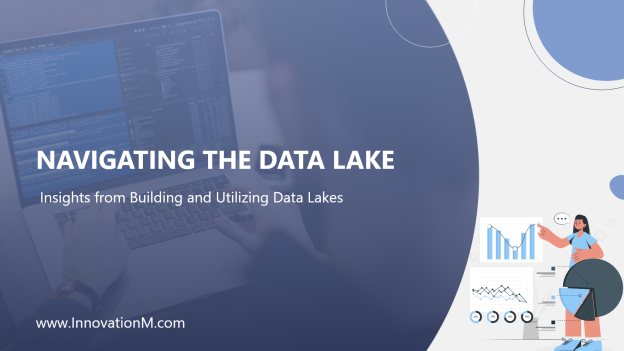Introduction
As someone who has hands-on experience in constructing and leveraging data lakes, I can attest to the transformative power these repositories hold for organizations grappling with vast amounts of data. In this article, I will share practical insights and technologies utilized in building and harnessing the potential of data lakes.
Demystifying Data Lakes
Data lakes serve as flexible storage repositories, enabling organizations to store raw and diverse data types, breaking away from the constraints of traditional data warehouses. By preserving data in its native format, data lakes empower data scientists, analysts, and business users to explore and derive valuable insights without upfront data transformation.
Technologies Behind Data Lake Construction
Distributed Storage Systems:
When building data lakes, distributed storage systems play a critical role. Platforms like Hadoop Distributed File System (HDFS) or cloud-based storage solutions such as Amazon S3 and Azure Data Lake Storage offer fault-tolerant and scalable storage capabilities across clusters of machines. These systems ensure high availability and facilitate the storage of massive data volumes.
Data Ingestion Tools:
The journey of constructing a data lake starts with data ingestion. Tools like Apache Kafka, Apache NiFi, or AWS Glue facilitate the extraction, transformation, and loading (ETL) processes, bringing data from various sources into the data lake. These tools streamline data flow, enable real-time data ingestion, and ensure data quality and metadata management.
Data Governance and Metadata Management:
Effective data governance is essential for managing data lakes successfully. Tools like Apache Atlas and Collibra provide features to organize, catalog, and document data assets within the data lake. They help establish data lineage, enable data discovery, and enforce compliance with data governance policies. Metadata management tools ensure a clear understanding of the data landscape and enhance data stewardship practices.
Data Processing and Analytics:
Data lakes are not just about storage; they empower advanced analytics. Technologies such as Apache Spark, an in-memory distributed computing framework, enable scalable and high-performance data processing. Spark supports various data operations, including batch and real-time processing, machine learning, and graph analytics. Query engines like Apache Hive and Apache Presto provide SQL-like querying capabilities, enabling users to interactively explore and analyze data stored in the lake.
Data Visualization and Business Intelligence:
To make sense of the data lake, data visualization, and business intelligence tools play a vital role. Tools like Tableau, Power BI, and Qlik offer intuitive interfaces for creating interactive dashboards, visualizations, and reports. These tools connect directly to the data lake, allowing users to gain actionable insights and communicate findings effectively.
Data Security and Privacy:
Data security is paramount in data lakes, as they house valuable and sensitive information. Technologies such as encryption, access controls, and anonymization methods help protect data within the lake. Tools like Apache Ranger and Apache Knox offer robust security features, including fine-grained access control, authentication, and secure data gateway functionalities.
Conclusion
Having worked on building data lakes, I’ve witnessed firsthand the transformative impact they can have on organizations’ data management and analytics capabilities. By leveraging distributed storage systems, data ingestion tools, metadata management solutions, data processing frameworks, data visualization tools, and robust security mechanisms, organizations can unlock the true potential of their data lakes and drive data-driven decision-making with confidence.
 End to End Technology Solutions
End to End Technology Solutions
